The German Beer Purity Law, or Reinheitsgebot, has long been celebrated as a cornerstone of brewing tradition. Enacted in 1516, this regulation originally permitted only water, barley, and hops as ingredients in beer—later amended to include yeast after its role in fermentation was understood. While the law is often discussed in terms of ingredient restrictions, its lesser-known but equally significant impact lies in the preservation and protection of unique yeast strains that define Germany’s brewing heritage. These microbial cultures, passed down through generations, are as vital to beer’s identity as the grains and hops themselves.
Yeast, the invisible engine of fermentation, is often overshadowed by more tangible ingredients. Yet, it is the diversity of yeast strains that imparts distinct flavors, aromas, and textures to beers across Germany’s regions. From the crisp, clean profiles of lagers fermented with Saccharomyces pastorianus to the fruity esters of ales brewed with Saccharomyces cerevisiae, these microorganisms are the unsung heroes of brewing. The Reinheitsgebot, intentionally or not, became a guardian of these strains by discouraging the use of adjuncts and additives that could alter or suppress their contributions. In doing so, it fostered an environment where yeast biodiversity could thrive within strict parameters.
The protection of these strains is not merely a matter of tradition; it is a scientific and cultural imperative. Many of Germany’s historic breweries maintain proprietary yeast libraries, some dating back centuries. These collections are meticulously curated, with master brewers treating their strains as living heirlooms. The Weihenstephan yeast, for example, traces its lineage to the 11th century and remains a gold standard for Bavarian wheat beers. Such strains are vulnerable to contamination, genetic drift, or even extinction if not carefully managed. The Reinheitsgebot’s emphasis on purity indirectly shields these yeasts from hybridization or displacement by industrial strains designed for mass production.
Modern challenges, however, threaten this delicate balance. Globalization and the craft beer movement have introduced new yeast varieties and brewing techniques, some of which clash with the Reinheitsgebot’s ethos. While innovation drives the industry forward, there is growing concern that indigenous yeast strains could be diluted or lost. German brewers and microbiologists are now collaborating to document and preserve these cultures, often leveraging cryopreservation and gene banking. Institutions like the Leibniz Institute DSMZ house vast microbial archives, ensuring that even if a strain vanishes from breweries, it remains accessible for future revival.
The Reinheitsgebot’s role in yeast protection also intersects with broader debates about food sovereignty and intellectual property. Unlike hops or barley, yeast strains cannot be patented in their natural form, leaving them vulnerable to commercialization without attribution. Some German brewers argue that the law’s principles should extend to safeguarding the provenance of these microbes, preventing their exploitation by foreign conglomerates. This perspective frames yeast not just as a tool but as a cultural asset, akin to a vineyard’s terroir or a cheesemaker’s starter cultures.
Critics, however, contend that the Reinheitsgebot’s rigidity may stifle innovation, including the development of yeast strains resistant to climate change or capable of novel flavor profiles. They point to hybrid yeasts or genetically modified organisms (GMOs) as potential solutions to evolving consumer tastes and environmental pressures. Yet, for traditionalists, the law’s constraints are precisely what have preserved Germany’s brewing identity. The tension between preservation and progress underscores a fundamental question: Can yeast biodiversity be maintained without sacrificing adaptability?
What emerges from this discussion is a nuanced appreciation of the Reinheitsgebot’s unintended legacy. By codifying simplicity, the law inadvertently created a sanctuary for microbial diversity. Its future relevance may depend on whether it can evolve to address contemporary threats while honoring its original spirit. For now, Germany’s yeast strains remain a testament to the interplay between regulation and biology—a reminder that sometimes, the strictest rules foster the richest traditions.
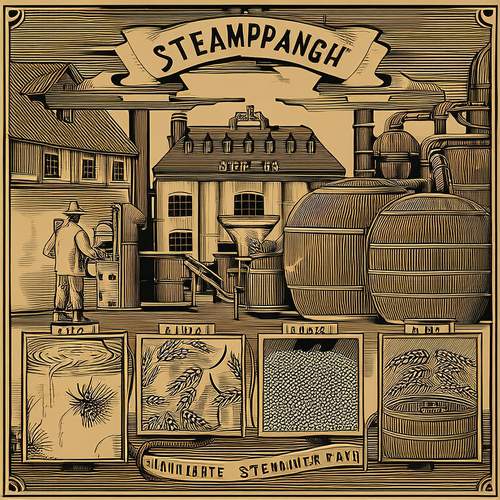
By /May 26, 2025
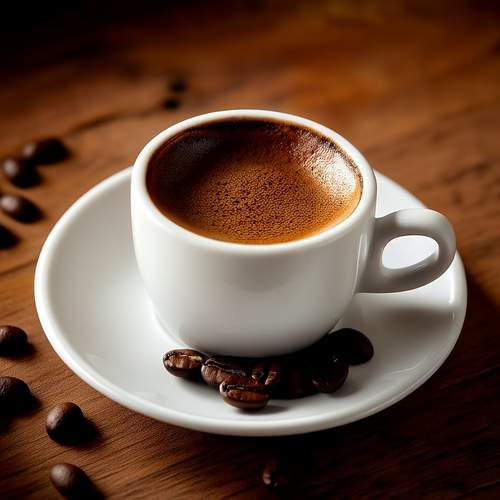
By /May 26, 2025
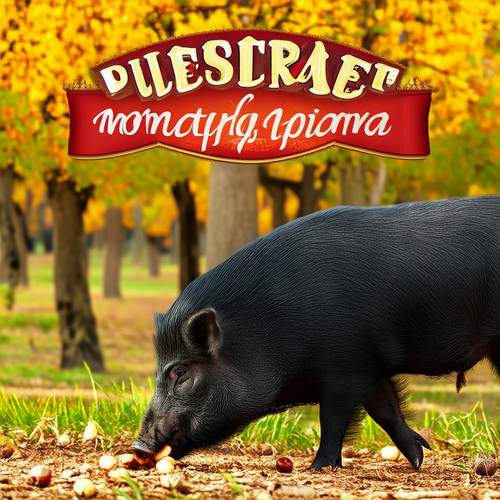
By /May 26, 2025

By /May 26, 2025

By /May 26, 2025

By /May 26, 2025

By Emily Johnson/May 10, 2025

By Elizabeth Taylor/May 10, 2025
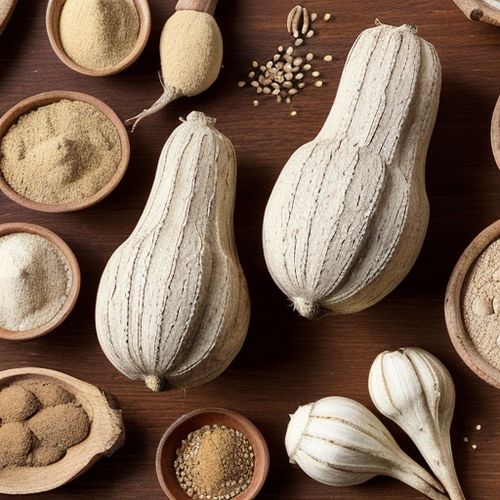
By Michael Brown/May 10, 2025
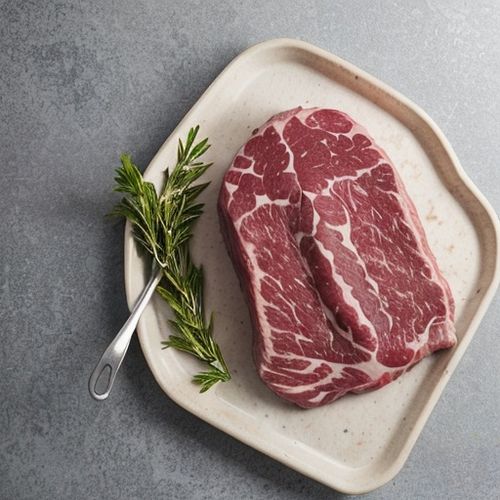
By Joshua Howard/May 10, 2025
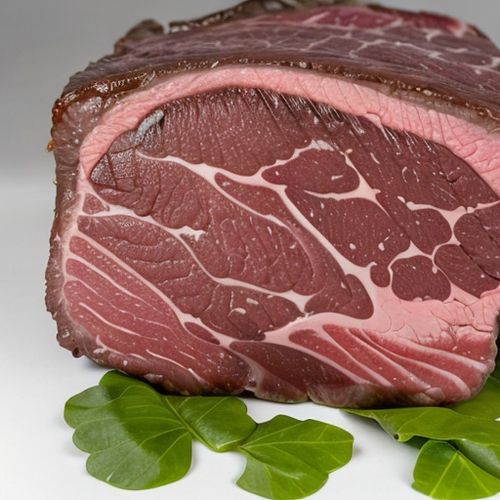
By William Miller/May 10, 2025
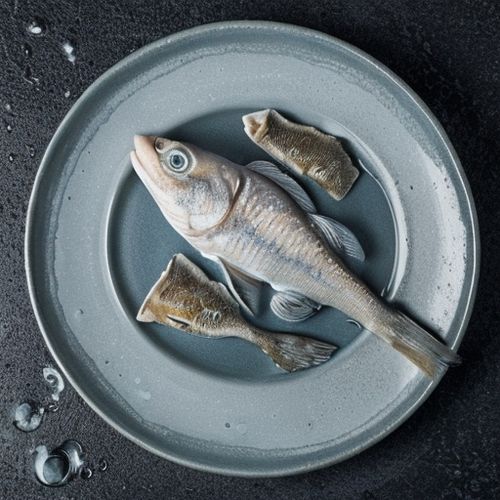
By Thomas Roberts/May 10, 2025
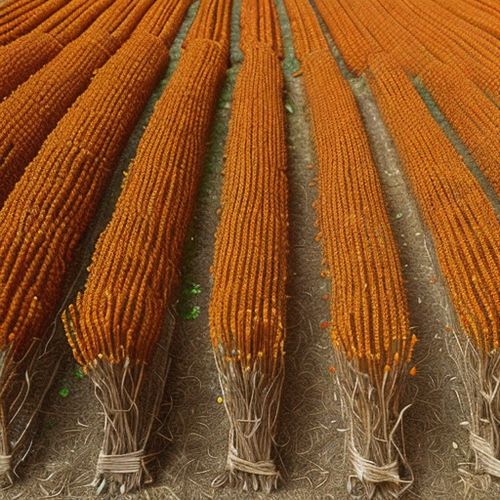
By Laura Wilson/May 10, 2025
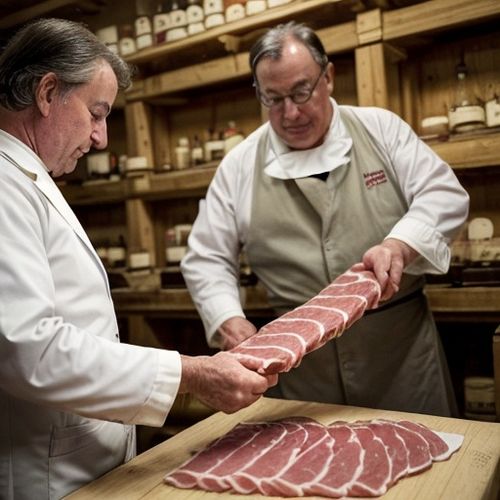
By Joshua Howard/May 10, 2025

By Ryan Martin/May 10, 2025
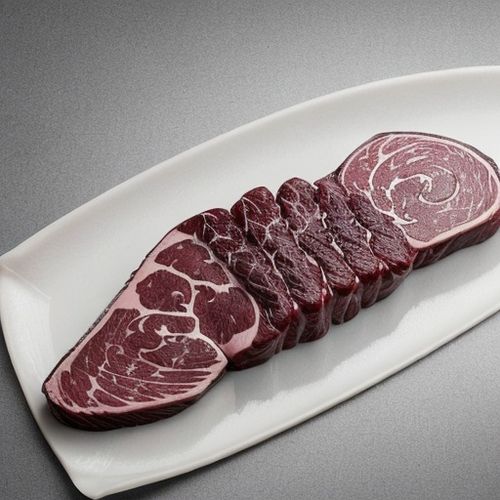
By Sarah Davis/May 10, 2025